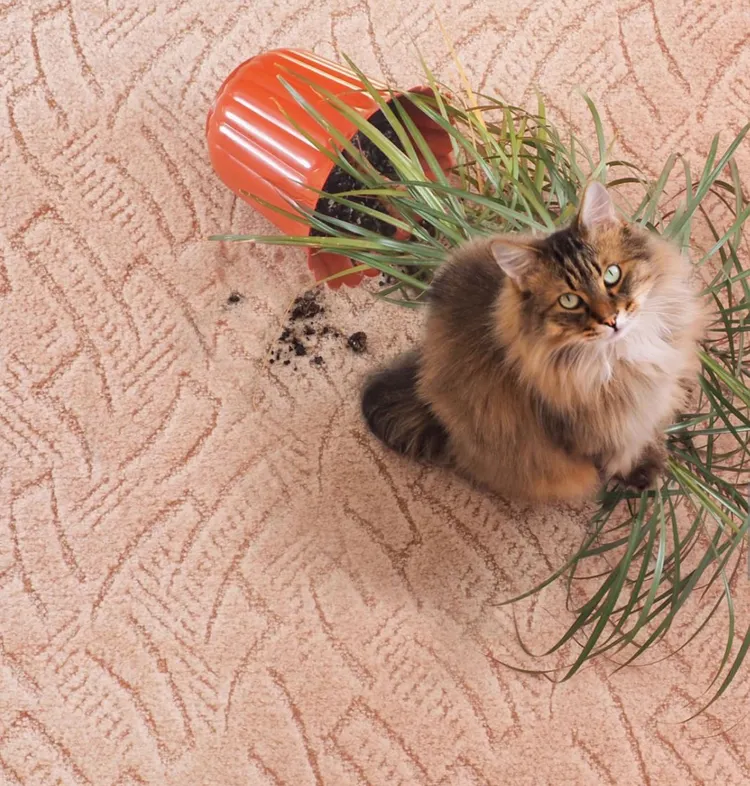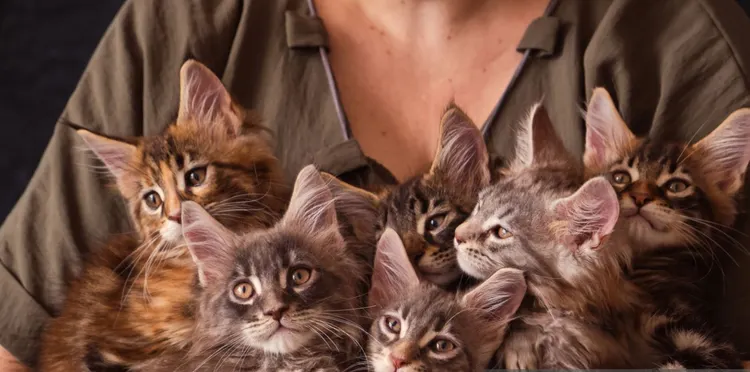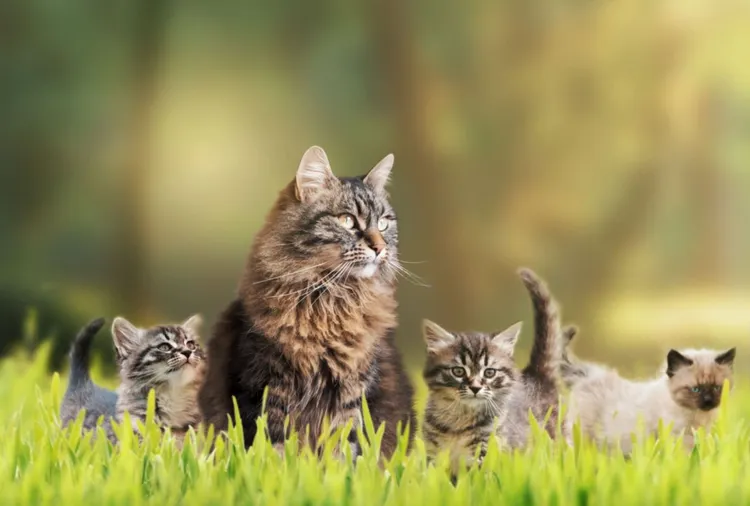Thinking about expanding your cat family in Longmont, CO? Whether you’re a long-time cat lover or new to the feline world, it’s essential to know the local rules before bringing home more furry companions. Understanding the city’s pet ownership laws will help you provide a responsible, harmonious environment for your cats while staying compliant with local regulations. In this post, we’ll explore how many cats are allowed in a household in Longmont, Colorado, and offer eco-friendly tips for managing a multi-cat home.
Understanding Local Pet Ownership Laws in Longmont, CO
Pet ownership laws are designed to protect both animals and the community. In Longmont, these laws are overseen by Longmont Animal Control, a division of the Public Safety Department. They aim to ensure that pets are well cared for and that the community isn’t overwhelmed by animals in homes that might not have the capacity to care for them responsibly.
The City of Longmont has set pet ownership limits to prevent overcrowding in homes, protect animals from neglect, and maintain public health. These rules apply not just to cats, but to all pets, including dogs, birds, and other animals commonly kept as companions.
The Limit on Cats in a Household
According to Longmont’s municipal code, each household is generally allowed to keep up to four pets total, including both cats and dogs. This means that the combined number of cats and dogs in one household cannot exceed four. For example, if you already have two dogs, you may only keep two cats, and if you have no dogs, you can have up to four cats.
However, it’s crucial to note that these laws may be subject to updates or changes over time. Additionally, there are certain circumstances where pet owners may be able to seek special permits to keep more than four pets.
Pet Registration and Licensing
In Longmont, pet owners are required to license their pets through the city, which involves providing proof of rabies vaccination and paying a small fee. This registration process helps animal control officials keep track of pets in the area and ensures that each animal is vaccinated and safe.
It’s important to comply with these registration requirements for all your cats. Failure to register your pets can lead to fines and other penalties. In some cases, households with more than four cats may need to seek special permission or obtain a multi-pet permit to stay within the law.
Why Pet Ownership Limits Matter
The pet ownership limits in Longmont are in place to promote responsible pet ownership and protect both the animals and the community. Owning multiple cats can be rewarding, but it also comes with significant responsibilities, including feeding, healthcare, and environmental impact. Having too many pets in one household can strain resources and make it difficult to provide proper care.
Additionally, pet ownership limits help ensure that neighborhoods remain peaceful and clean. Too many animals in one home can lead to noise complaints, increased waste, and even environmental issues such as overuse of litter or excess pet-related waste ending up in landfills.
Environmental Impact of Pet Ownership
Each pet contributes to the household’s ecological footprint, from the food they eat to the products you use to care for them. A higher number of pets means more consumption of resources, which can have an environmental impact. For example, managing waste from multiple cats can increase your carbon footprint due to the higher demand for cat litter, food, and other pet supplies. Thus, it’s essential to manage pet ownership sustainably.
Managing a Multi-Cat Household Responsibly
If you’re living in Longmont and considering bringing multiple cats into your home, managing a multi-cat household responsibly is key to ensuring the well-being of both your pets and the environment. Here are some important tips to help you care for multiple cats:
1. Litter Box Management
In a multi-cat household, managing litter boxes is crucial for hygiene and minimizing odors. A general rule of thumb is to have one litter box per cat, plus one extra. For instance, if you have three cats, you should aim for four litter boxes. This ensures that each cat has access to a clean litter box, which reduces stress and prevents territorial disputes.
Consider using eco-friendly cat litter options such as recycled paper, wood, or biodegradable litters that reduce environmental impact. These alternatives can be composted in some cases, depending on local waste regulations, or they simply break down faster than traditional clay litter.
2. Adequate Space and Resources
Cats are territorial animals, and they need space to roam, climb, and explore. If you have a multi-cat household, ensure there is plenty of vertical and horizontal space available, including cat trees, shelves, and cozy spots for lounging.
It’s also important to provide enough food and water dishes, toys, and resting spots to avoid competition and stress between your cats. This helps create a more harmonious environment and allows each cat to feel safe and comfortable.
3. Feeding Routines
Establishing regular feeding routines is important for maintaining the health and well-being of multiple cats. Cats in multi-cat households can be prone to overeating or under-eating due to competition for food. Monitor their weight and health closely to ensure they are all getting the right amount of nutrition.
Opt for high-quality, eco-friendly cat food that uses sustainably sourced ingredients and eco-conscious packaging. Some brands focus on minimizing environmental impact by offering bulk buying options or using recyclable materials.

Eco-Friendly Tips for Multi-Cat Homes
Running a multi-cat household can be done in a way that reduces your environmental footprint. Here are some eco-friendly practices to consider:
1. Choose Sustainable Cat Products
When purchasing toys, scratching posts, or other accessories, look for products made from sustainable materials like bamboo, recycled plastics, or organic cotton. Avoid products with excess packaging or those made from non-recyclable materials. You can also make DIY toys from household items like cardboard boxes or old fabrics, reducing waste and saving money.
2. Buy in Bulk
Buying cat food, litter, and other supplies in bulk helps reduce packaging waste. Many stores offer bulk options, or you can find eco-conscious brands that prioritize minimal packaging.
3. Compost Cat Waste
If you’re using biodegradable litter, you may be able to compost your cat’s waste, depending on local composting regulations. Check with Longmont’s waste management services to see if composting pet waste is an option in your area.

Exceptions and Special Considerations
If you’re interested in fostering cats, running a small rescue, or have a special situation that requires more than four cats in your household, there are exceptions you can pursue. In some cases, residents can apply for a multi-pet permit that allows them to care for more than four pets. This often involves an inspection to ensure that your home is suitable for multiple animals and that you can provide proper care for them.
Additionally, fostering cats for local shelters or rescues may be another option, as fostering programs often have their own guidelines and may work with the city to accommodate temporary homes for multiple animals.
Conclusion
Longmont, CO, allows up to four pets (cats and dogs combined) per household, with exceptions for those who pursue multi-pet permits or are involved in fostering programs. Owning multiple cats can be a joyful experience, but it’s essential to follow local laws and manage your pets responsibly to ensure their health and the harmony of your household.
By providing adequate space, managing litter and feeding routines, and incorporating eco-friendly practices, you can maintain a happy, healthy, and sustainable multi-cat home. Always stay up to date with local regulations, and consult Longmont Animal Control if you have any questions about pet ownership limits or permits.



